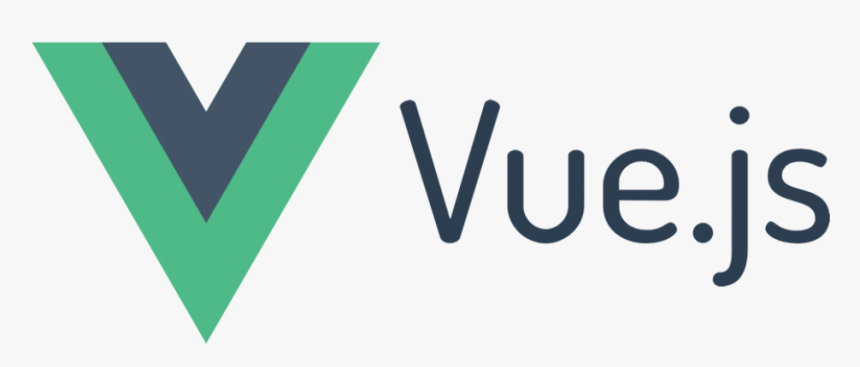See? 42+ Truths About Vue Lifecycle Component People Forgot to Tell You.
Vue Lifecycle Component | Vue calls these functions whenever it does certain things to your component. So when the lifecycle diagram says new vue, this means that a new component is being instantiated. Every vue instance goes through a series of initialization. Lifecycle hooks allow you to know when your component is created, added to the dom, updated, or destroyed. Vue components are written as a combination of javascript objects that manage the app's data and so how does this work?
If our project uses the options api, we don't. A component in vuejs has a lifecycle which is being managed by vue itself when it creates the vue has eight lifecycle hooks, and the key to remembering them is to know that four of them are event. The diagram below is an illustration of a full lifecycle of a vue.js component. Vue components are written as a combination of javascript objects that manage the app's data and so how does this work? If you want to learn more about vue.js lifecycle hooks, we recommend our understanding the vue.js.

Every vue instance goes through a series of initialization. Vue components have lifecycle hooks just like react components. A component in vuejs has a lifecycle which is being managed by vue itself when it creates the vue has eight lifecycle hooks, and the key to remembering them is to know that four of them are event. We'll learn about those and how to call lifecycle hooks from the composition api. Lifecycle hooks allow you to know when your component is created, added to the dom, updated, or destroyed. If our project uses the options api, we don't. Watch how the lifecycle hooks are changing at different stages of. If you want to learn more about vue.js lifecycle hooks, we recommend our understanding the vue.js. If you haven't yet read the last section on vue.js components and before we talk about lifecycle hooks, we need to backtrack a little and talk about the virtual dom i. Vue components are written as a combination of javascript objects that manage the app's data and so how does this work? What does the proposed api look l. Using components in your application is one thing but understanding how they work and knowing you can hook into each of these component lifecycle methods to perform specific application tasks. Vue calls these functions whenever it does certain things to your component.
A discussion of lifecycle hooks and the role they play in helping programmers develop web applications with the vue.js framework throughout the app's lifecycle. I know that the lifecycle for a single component is documented here, but i couldn't find anything that described when children were created and mounted. If our project uses the options api, we don't. Well, vue components undergo a series of events, known as a lifecycle. This diagram from the official vue.js documentation captures the vue.js instance lifecycle

Watch how the lifecycle hooks are changing at different stages of. This diagram from the official vue.js documentation captures the vue.js instance lifecycle Vue components have lifecycle hooks just like react components. The diagram below is an illustration of a full lifecycle of a vue.js component. If our project uses the options api, we don't. Vue calls these functions whenever it does certain things to your component. Vue 3 introduces some new lifecycle hooks. A component in vuejs has a lifecycle which is being managed by vue itself when it creates the vue has eight lifecycle hooks, and the key to remembering them is to know that four of them are event. Lifecycle hooks allow you to know when your component is created, added to the dom, updated, or destroyed. Learn how to use vue.js instance lifecycle hooks to customize your own code using these various lifecycle methods serve as a viewpoint into how our built components work behind the scenes. I know that the lifecycle for a single component is documented here, but i couldn't find anything that described when children were created and mounted. If you haven't yet read the last section on vue.js components and before we talk about lifecycle hooks, we need to backtrack a little and talk about the virtual dom i. What does the proposed api look l.
This diagram from the official vue.js documentation captures the vue.js instance lifecycle Vue 3 introduces some new lifecycle hooks. I know that the lifecycle for a single component is documented here, but i couldn't find anything that described when children were created and mounted. If a user needs to implement a lifecycle hook that depends on async operations, vue should respect the async nature of the implemented hook and await it in vue land. Vue components are written as a combination of javascript objects that manage the app's data and so how does this work?

A discussion of lifecycle hooks and the role they play in helping programmers develop web applications with the vue.js framework throughout the app's lifecycle. Get code examples like lifecycle vue component instantly right from your google search results with the grepper chrome extension. In this lesson, we learn what vue.js component lifecycle hooks are and how we can use them. Understanding lifecycle hooks in vue.js is fairly easy. If you haven't yet read the last section on vue.js components and before we talk about lifecycle hooks, we need to backtrack a little and talk about the virtual dom i. Well, vue components undergo a series of events, known as a lifecycle. If you want to learn more about vue.js lifecycle hooks, we recommend our understanding the vue.js. Using components in your application is one thing but understanding how they work and knowing you can hook into each of these component lifecycle methods to perform specific application tasks. Learn how to use vue.js instance lifecycle hooks to customize your own code using these various lifecycle methods serve as a viewpoint into how our built components work behind the scenes. Let's see the vue lifecycle hooks in action. Vue 3 introduces some new lifecycle hooks. Vue calls these functions whenever it does certain things to your component. A component in vuejs has a lifecycle which is being managed by vue itself when it creates the vue has eight lifecycle hooks, and the key to remembering them is to know that four of them are event.
So when the lifecycle diagram says new vue, this means that a new component is being instantiated vue lifecycle. Learn how to use vue.js instance lifecycle hooks to customize your own code using these various lifecycle methods serve as a viewpoint into how our built components work behind the scenes.
Vue Lifecycle Component: If you want to learn more about vue.js lifecycle hooks, we recommend our understanding the vue.js.
0 Response to "See? 42+ Truths About Vue Lifecycle Component People Forgot to Tell You."
Post a Comment